Igreja da Nossa Senhora da Graça - Sagres

The small, whitewashed Igreja da Nossa Senhora da Graça (church of Our Lady of Grace), in the precinct of Sagres fortress, was built in the 1570s on the site of a chapel first erected by order of Infante D. Henrique (Henry the Navigator).
Ermida de Santo António do Alto
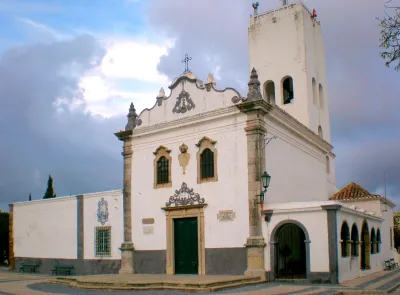
A steep climb up to the highest point in Faro will bring the visitor to the Hermitage of Santo Antonio do Alte, a small church dedicated to St Anthony. The saint most usually referred to as St Anthony of Padua was actually born in Lisbon and for this reason he has a special place in Portuguese religious sentiment. In Portugal he is considered to be the patron saint of lost things, of unmarried men and women looking for a spouse and of the newly married.
Igreja de Santo António - Lagos

The church of Santo António in Lagos is one of the finest in the whole Algarve. Dating back to 1707, and then re-built after the Great Earthquake of 1755, it stands as a fine example of the Baroque style of architecture. However, what really sets the church apart is that it has one of the most breathtaking interiors of any of Portugal’s many beautiful churches. Such is the quality of this lavish interior that the church is classified as a National Monument.
Igreja de Santa Maria - Lagos
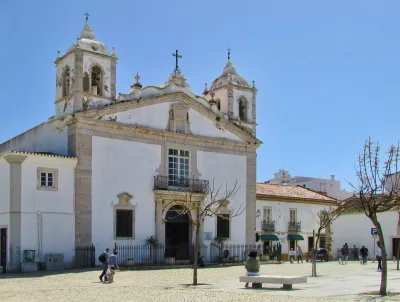
The Igreja Matriz de Santa Maria (Saint Mary's Church) in Lagos has been a place of worship since 1498, and continues to be a vibrant local parish church. The original building is thought to have once had a hospital attached but almost all of what you see today was rebuilt in the 19th century.
Ermida Nossa Senhora do Repouso
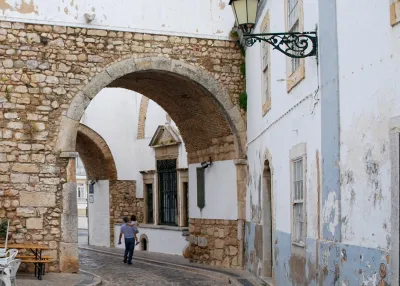
The Ermida Nossa Senhora do Repouso (Hermitage of Our Lady of Rest) is a small chapel with a Baroque-style façade. The building we see here today was mainly built in 18th century under the sponsorship of the Queen. A notable feature of the church is that it is built into the Arco do Repousa, one of the ancient Arabic arches of the defensive walls of Faro's Old Town.
Ermida de Nossa Senhora do Pé da Cruz
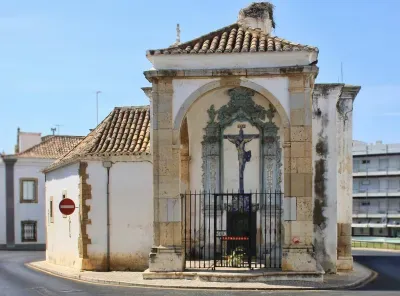
The Ermida de Nossa Senhora do Pé da Cruz (hermitage of Our Lady at the Foot of the Cross) is Largo do Pé da Cruz (formerly Largo do Poço dos Cântaros), a little way away from Faro's other sights.
The original chapel was built here around 1644 but was almost completely destroyed by the Great Earthquake of 1755. The understated, whitewashed Baroque style building we see here today was built in 1861.
Igreja de São Domingos

Lisbon’s Igreja de São Domingos church, in the Baixa district, has played a key role in many of the city’s tumultuous historical events. It has seen earthquakes, fires, pogroms as well as royal weddings and other historic ceremonies. Today there is a palpable sense of history, and as well as having a vibrant congregation. This place draws in tourists who come here to escape the hustle and bustle of city life, and soak in the sombre atmosphere of this unique, if slightly eerie place of worship.
Silves Cathedral
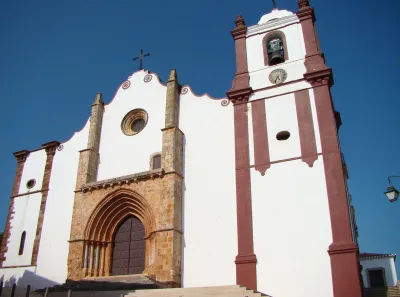
Silves' Cathedral (Sé Catedral de Silves) was built in the 13th century on the site of the Moorish Grand Mosque, just beneath the castle. Although much of the building was destroyed by the 1755 earthquake, it was rebuilt and is thought by many to provide one of The Algarve’s best examples of Gothic architecture.
Inside there are tombs of local bishops and dignitaries, as well as tombs of some of the Crusaders who fought here against the Moors all those years ago.
Igreja de Santo António
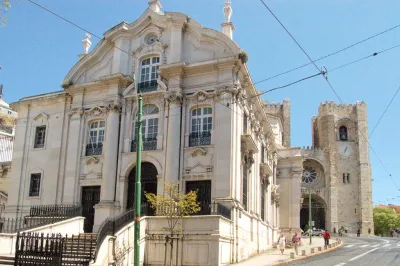
Saint Anthony is Lisbon’s main patron saint and this church, dedicated to his memory is thought to have been built on the exact spot where he was born in 1195.
Igreja da Memória
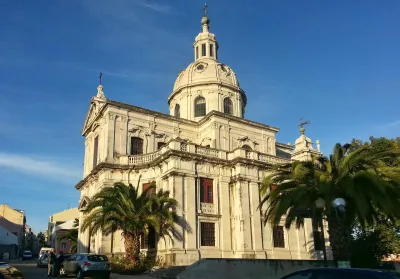
The elegant Baroque Igreja da Memória was built on the orders of King Jose I in 1760 as a gesture of thanksgiving for having survived an assassination attempt two years earlier. The location of the church marks the exact spot where the failed attempt on the king’s life took place.